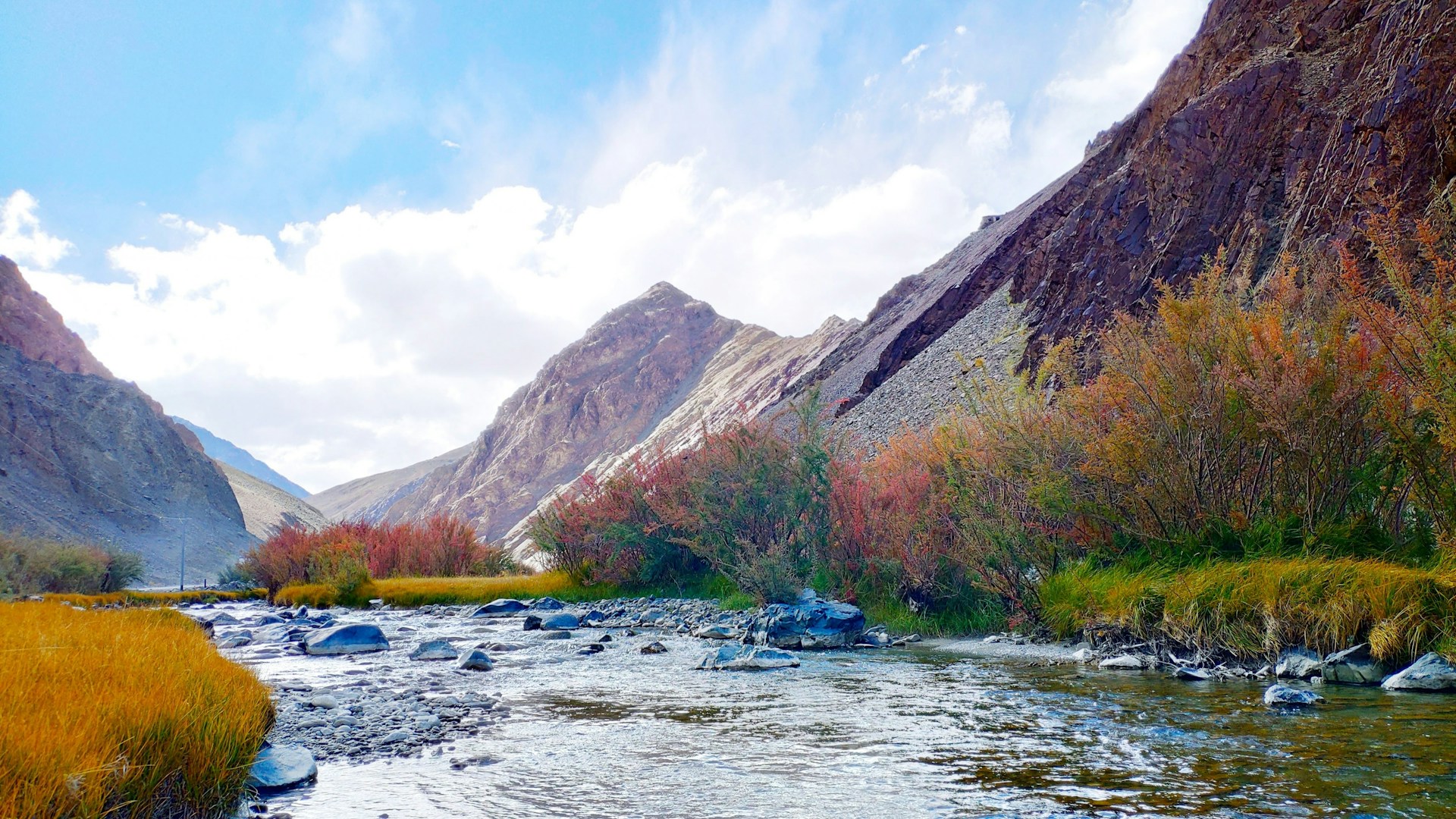
Leh
PC: Franky NG
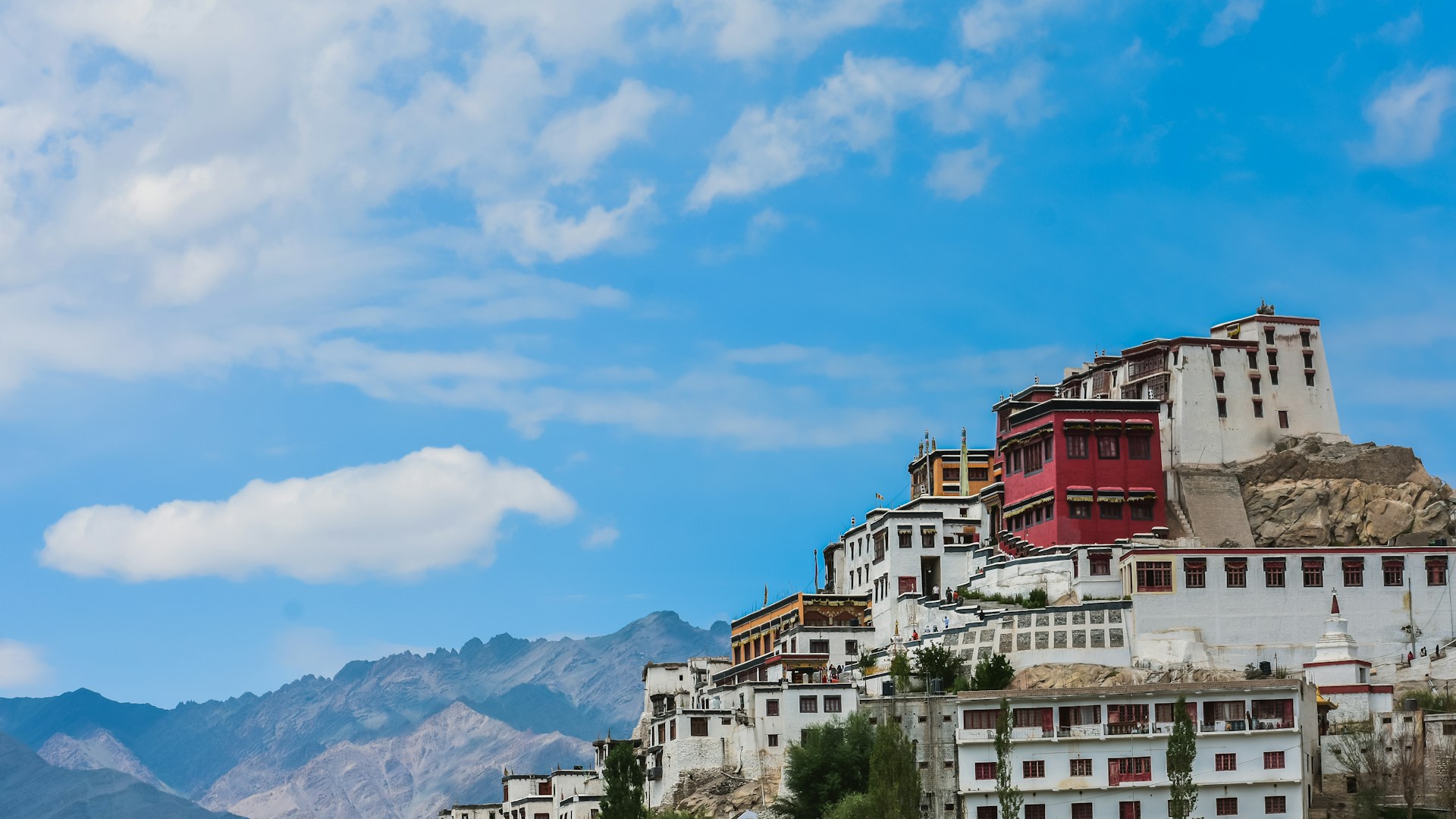
Thiksey Monastry
PC: Vivek Sharma
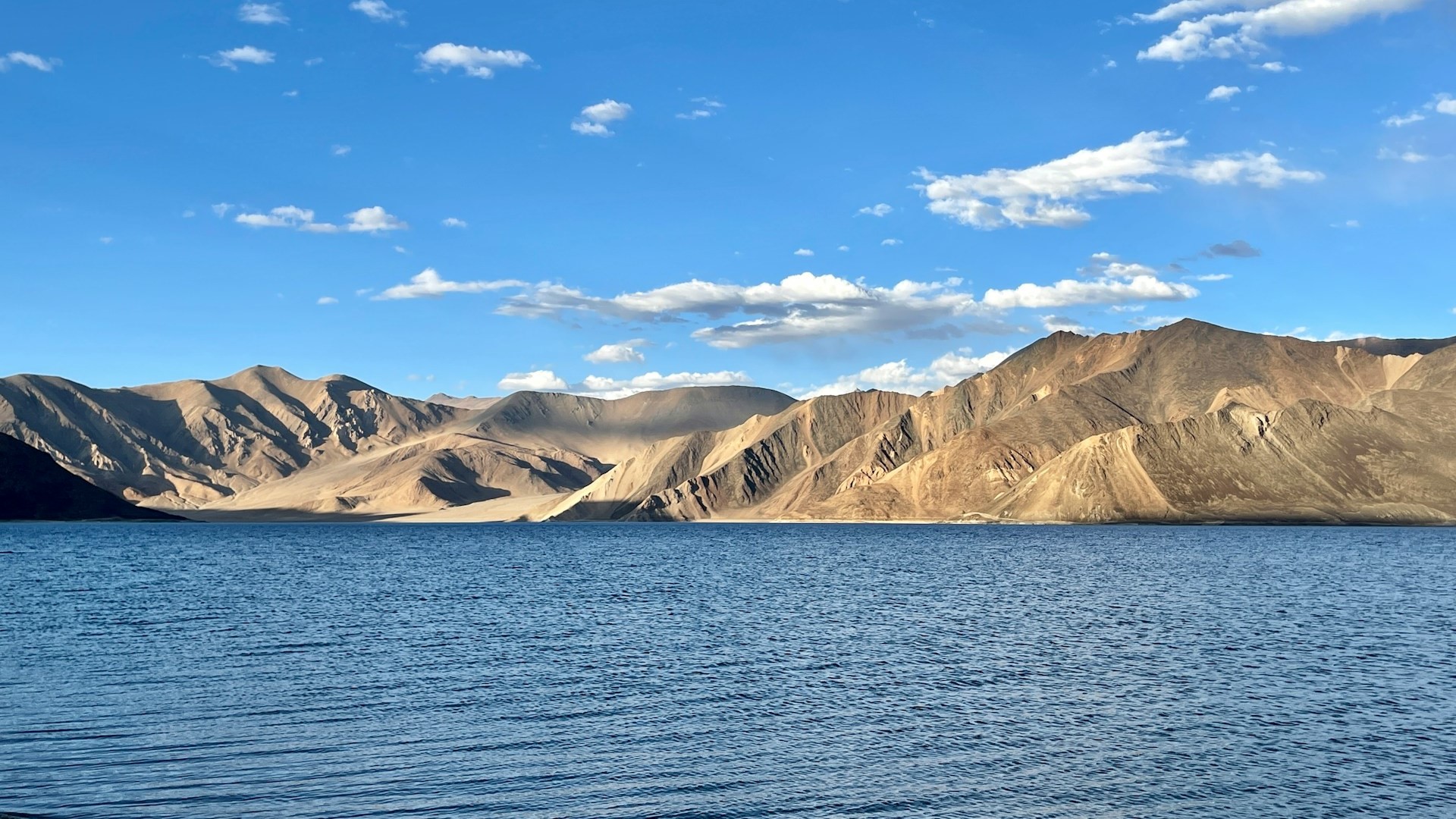
Pangong Lake
PC: Nikunj Mundra

Ladakh has emerged as a popular tourist destination, attracting travelers from around the world with its stunning landscapes, cultural richness, and
adventure opportunities. Visitors come to explore attractions such as Pangong Tso Lake, Nubra Valley, Leh Palace, and the ancient monasteries scattered
across the region. Adventure enthusiasts flock to Ladakh for activities like trekking, mountaineering, river rafting, and motorbiking.
Ladakh is a land of stark contrasts, where ancient traditions coexist with modern influences, and where the majestic Himalayas meet the vast expanse of the
Tibetan Plateau. Its unique blend of natural beauty, cultural diversity, and spiritual serenity makes it a captivating destination for travelers seeking
adventure, enlightenment, and a deeper connection with the Himalayan landscape.
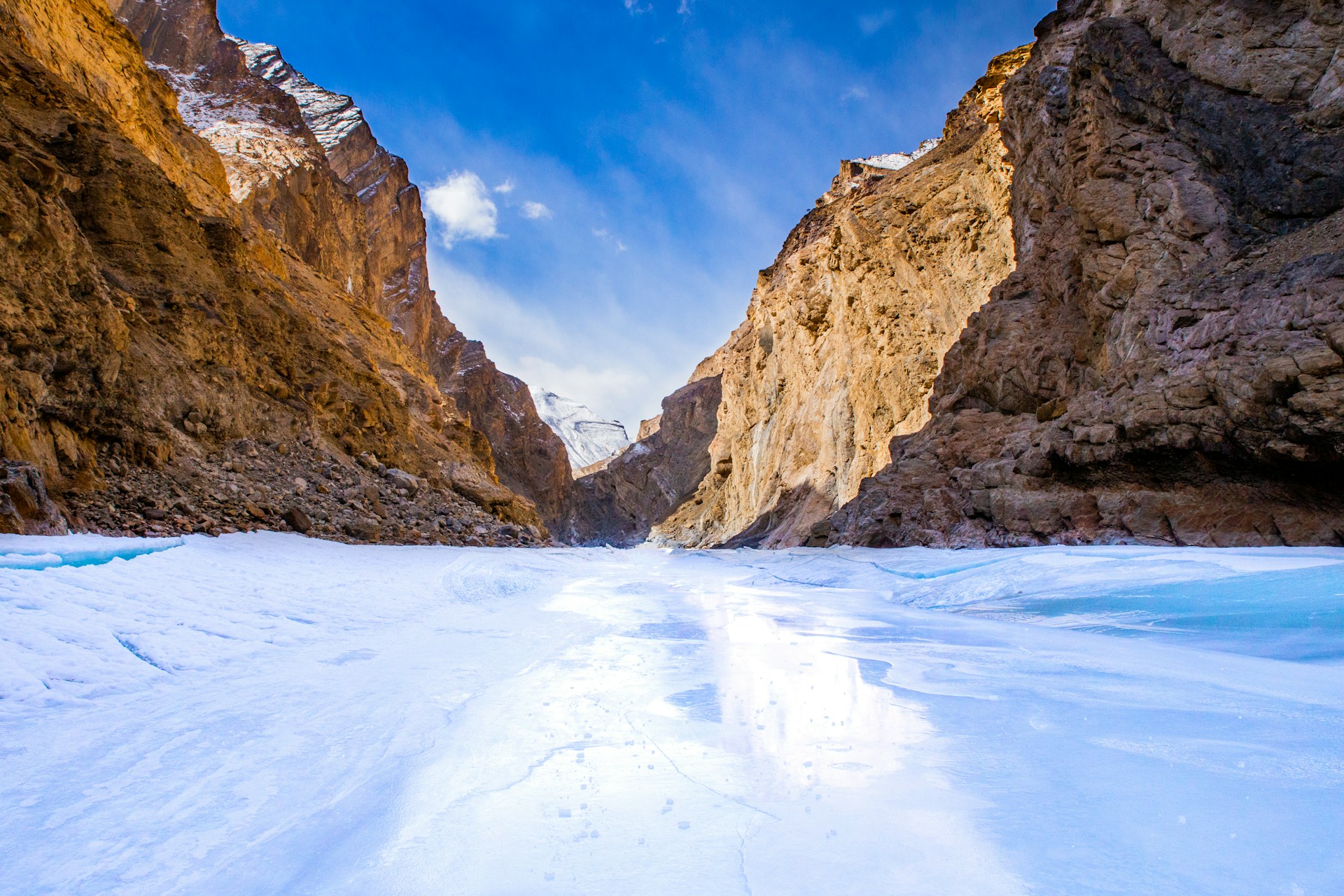
Although Leh is not exactly a hill station, it serves as the gateway to Ladakh and is located at an altitude of about 3,500
meters (11,500 feet) above sea level. Surrounded by snow-capped peaks, Leh offers a blend of Ladakhi culture, Tibetan
Buddhism, and stunning vistas.
Best Time to Visit: The best time to visit Leh is from May to September when the weather is relatively mild, and the
roads leading to Leh are accessible.
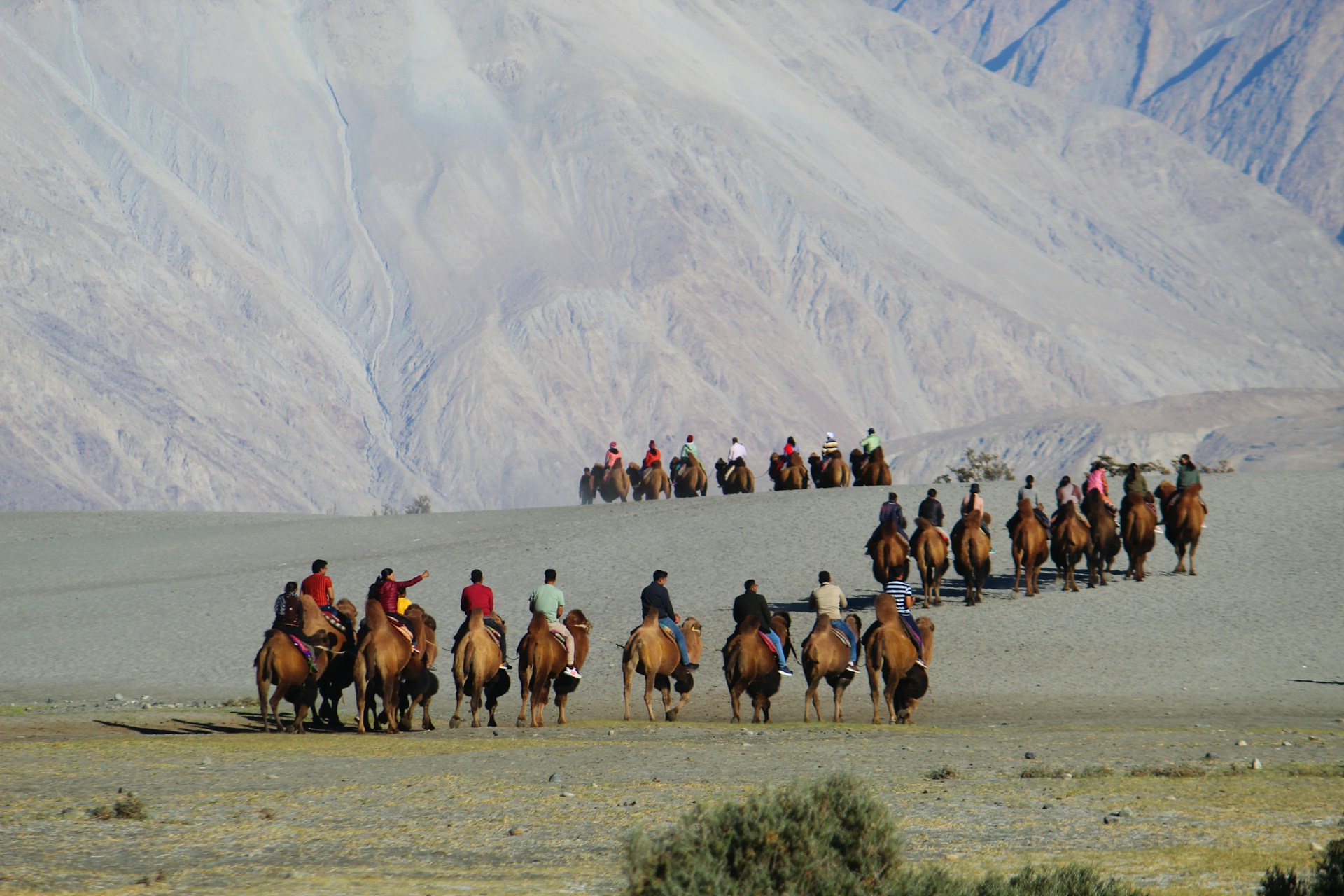
Located about 150 kilometers north of Leh, Nubra Valley is known for its surreal landscapes, including sand dunes, lush
green villages, and ancient monasteries. The unique feature of this valley is the double-humped Bactrian camels, which
can be found in the sand dunes of Hunder.
Best Time to Visit: The best time to visit Nubra Valley is from June to September when the weather is pleasant and
the roads leading to the valley are open.

Though not a hill station in the traditional sense, Pangong Tso is a high-altitude lake situated at an elevation of about
4,350 meters (14,270 feet) above sea level. Its unique feature is the changing colors of the lake, ranging from shades of
blue to green and sometimes even red. The lake gained international fame after being featured in the Bollywood movie
"3 Idiots".
Best Time to Visit: The best time to visit Pangong Tso is from May to September when the lake is accessible and the
weather is relatively mild.
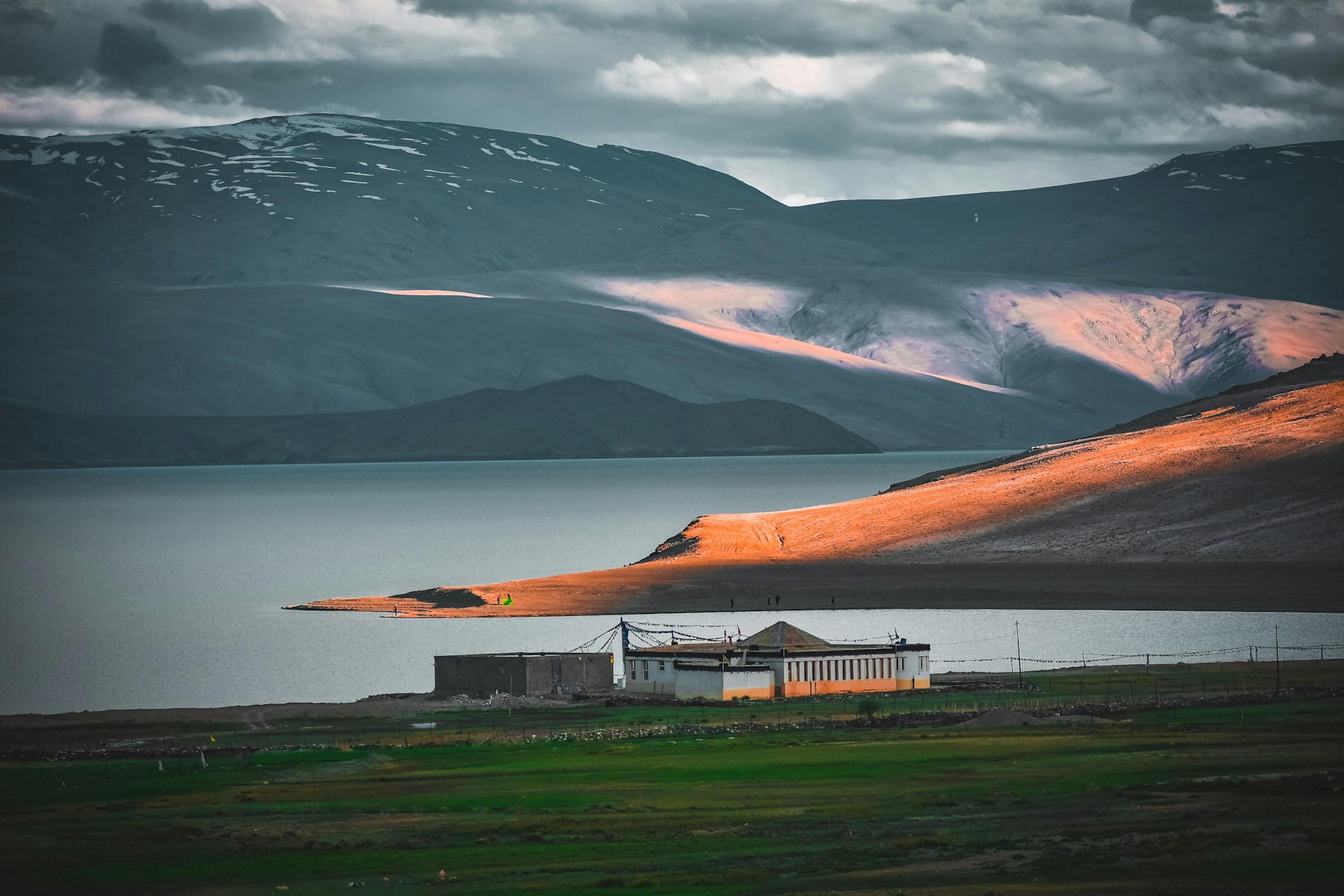
Another high-altitude lake located in Ladakh, Tso Moriri is situated at an altitude of about 4,500 meters (14,800 feet)
above sea level. Surrounded by barren mountains and scenic landscapes, the lake is a paradise for birdwatchers as it is home
to various migratory bird species.
Best Time to Visit: The best time to visit Tso Moriri is from June to September when the weather is suitable for
travel, and the lake is accessible.
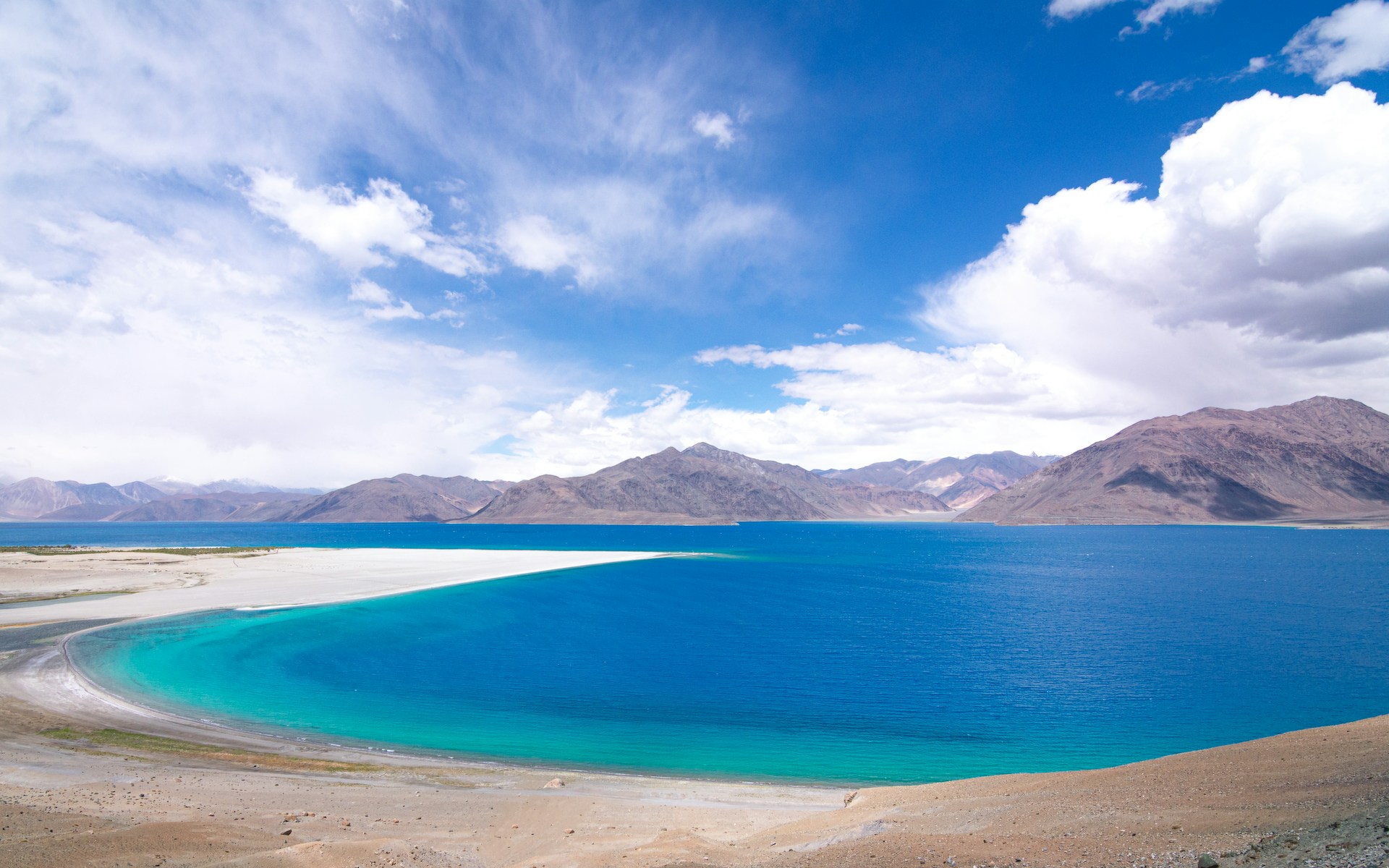
Tso Kar, meaning "white lake", is a saltwater lake located in the Rupshu Valley of Ladakh. It is situated at an altitude of
about 4,500 meters (14,800 feet) above sea level. The uniqueness of Tso Kar lies in its serene surroundings and the diverse
wildlife that thrives in the region, including migratory birds and wild asses.
Best Time to Visit: The best time to visit Tso Kar is from June to September when the weather is favorable, and the
lake is accessible.
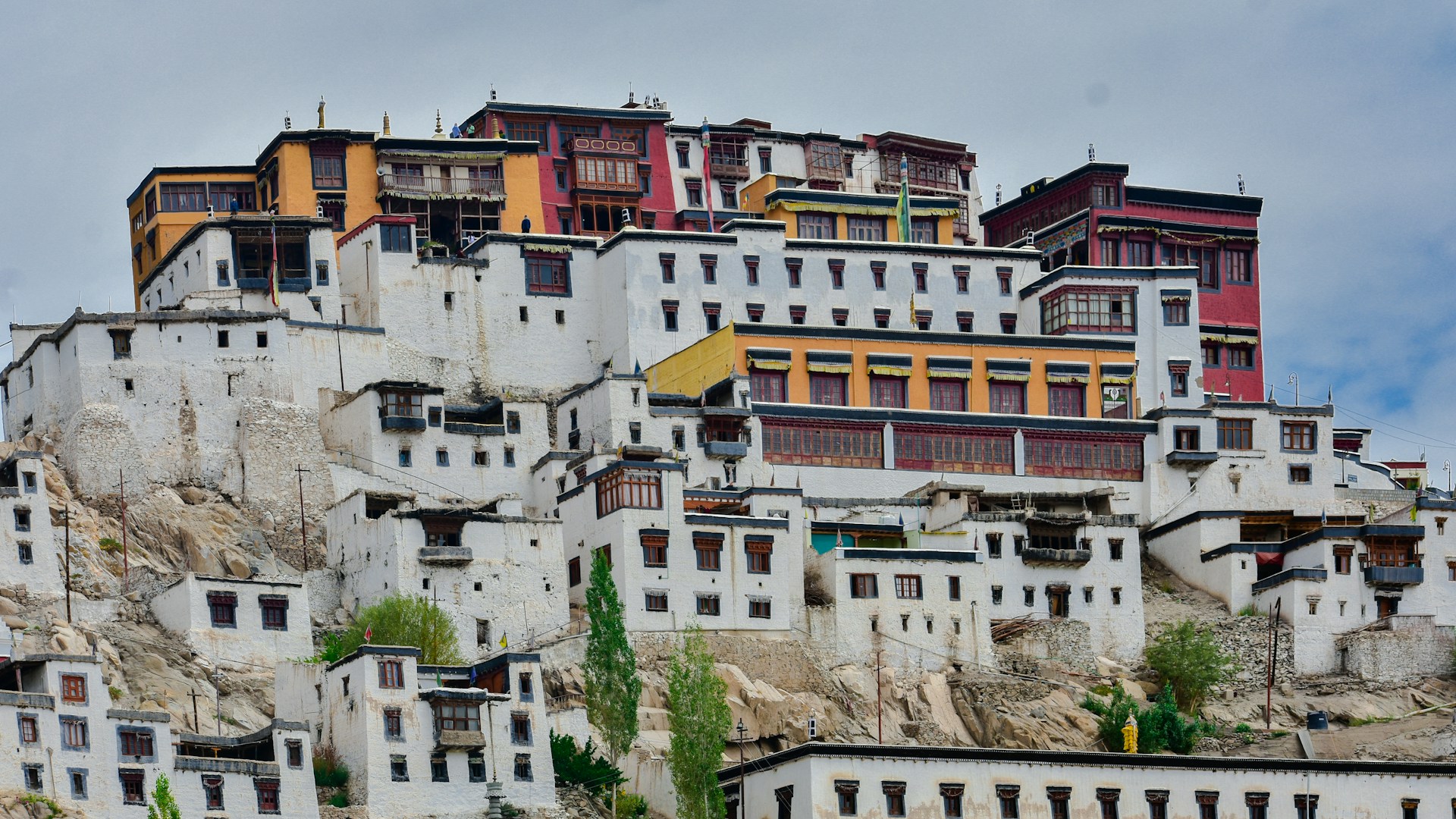
Located approximately 19 kilometers east of Leh, Thiksey Monastery is one of the most prominent monasteries in Ladakh. It was constructed in the 15th century and is situated atop a hill, resembling the Potala Palace in Lhasa, Tibet. Thiksey Monastery houses numerous stupas, statues, thangkas (Tibetan Buddhist paintings), and a 15-meter tall statue of Maitreya Buddha, also known as the Future Buddha.
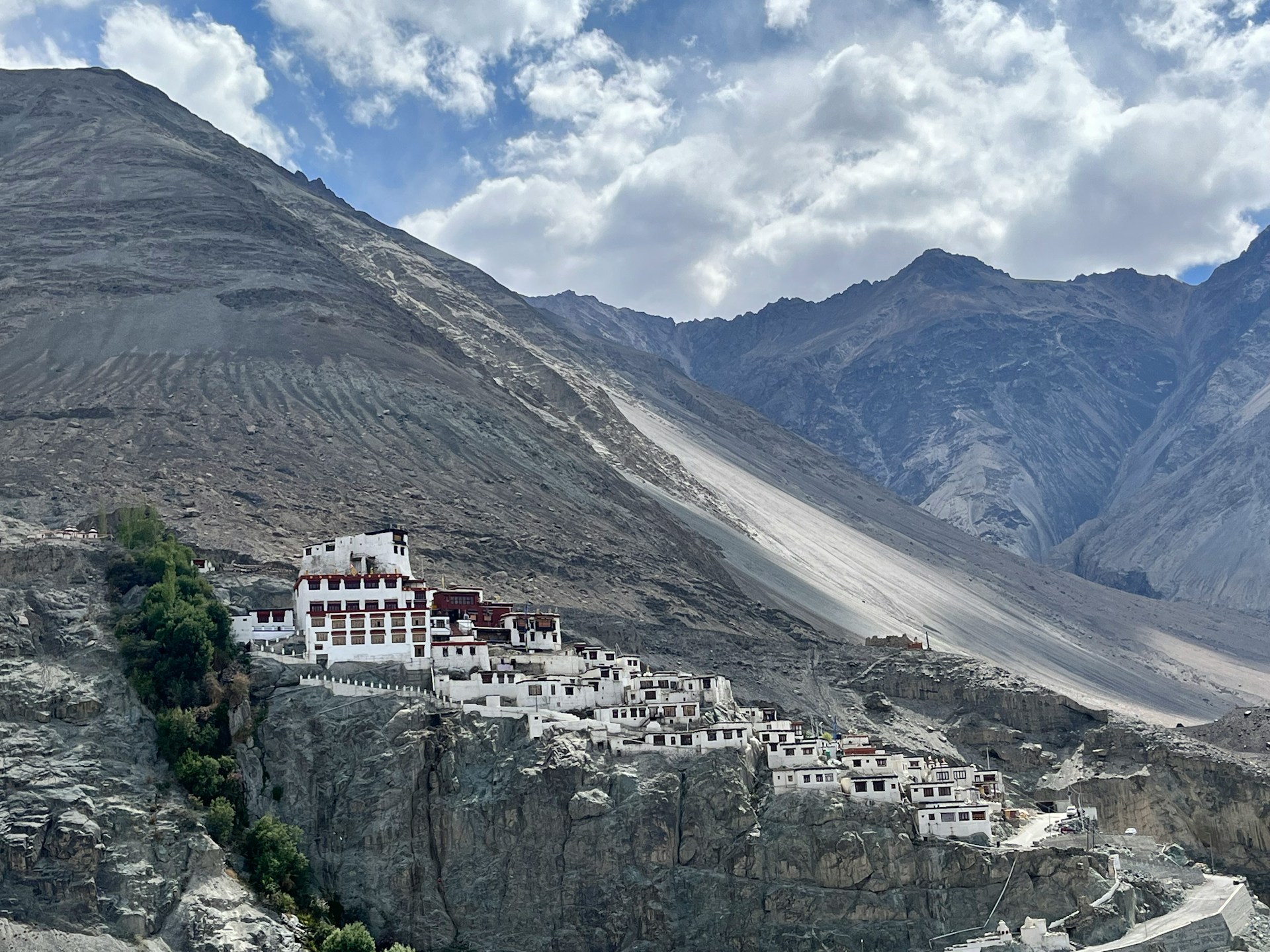
Diskit Monastery is the largest and oldest monastery in the Nubra Valley region of Ladakh. It was founded in the 14th century by Changzem Tserab Zangpo, a disciple of Tsongkhapa, the founder of the Gelugpa (Yellow Hat) sect of Tibetan Buddhism. Diskit Monastery is situated on a hilltop overlooking the Diskit village and the Shyok River. One of its unique features is a giant statue of Maitreya Buddha, which is about 32 meters tall and can be seen from afar.
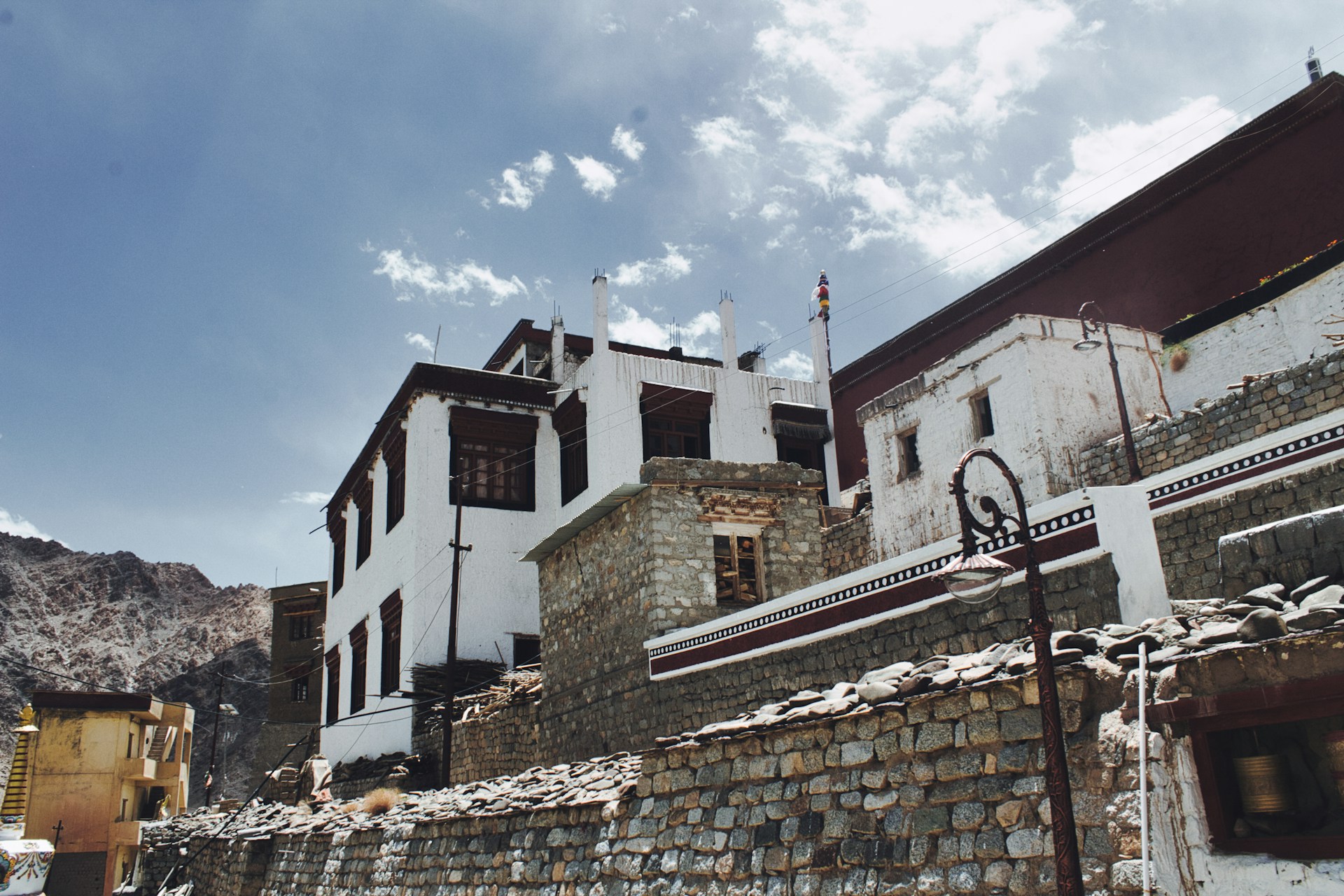
Located approximately 17 kilometers west of Leh, Phyang Monastery is one of the few monasteries in Ladakh belonging to the Drukpa (Red Hat) sect of Tibetan Buddhism. It was founded in the 16th century by Chosje Damma Kunga, a disciple of the Drukpa master Pagspa Shesrab. Phyang Monastery is known for its annual Phyang Tserup festival, celebrated in July, which features traditional Cham dances (masked dances) performed by the monks.
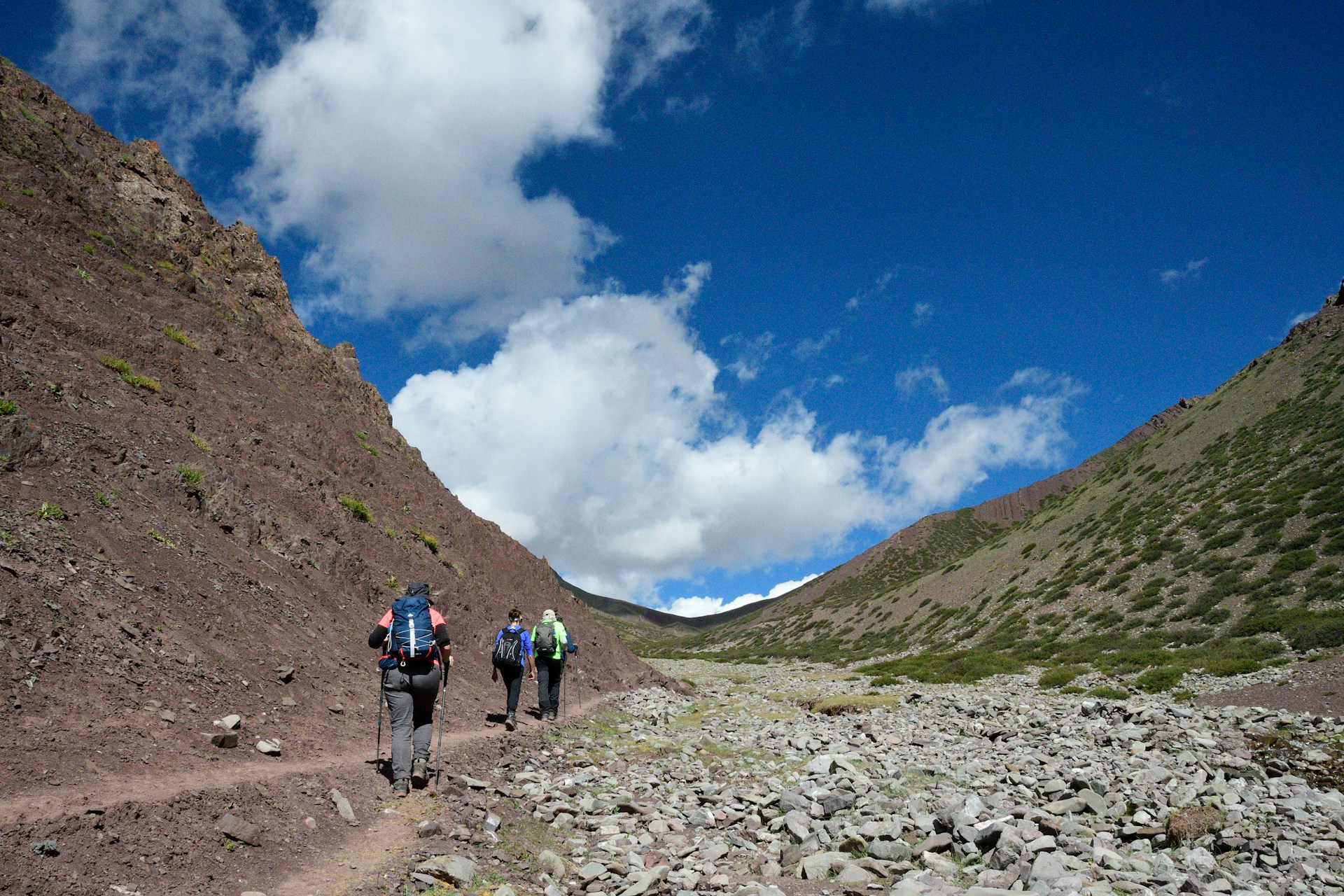
Hemis National Park is situated in the eastern part of Ladakh, approximately 40 kilometers southeast of Leh. The park is
characterized by rugged mountains, deep valleys, and high-altitude plateaus, with elevations ranging from 3,000 meters to
over 6,000 meters above sea level. It is renowned for its pristine wilderness and tranquil ambiance.
Flora and Fauna: Hemis National Park is home to several endangered species, including the snow leopard, Tibetan
wolf, Eurasian brown bear, and Himalayan ibex. It also supports a diverse range of bird species, such as the Tibetan
snowcock, golden eagle, and lammergeier (bearded vulture). The park's flora includes alpine meadows, scrub vegetation, and
patches of juniper and birch forests.
Best Time to Visit: The best time to visit Hemis National Park is during the summer months, from June to September,
when the weather is relatively mild, and the park is open to visitors. This period also coincides with the mating season of
the snow leopard, offering better chances of spotting this elusive cat.